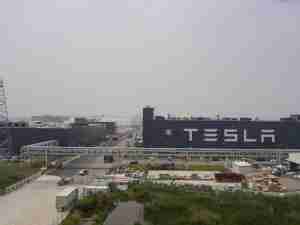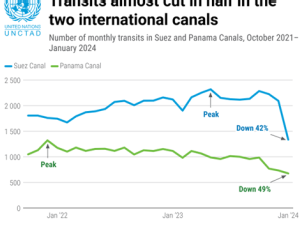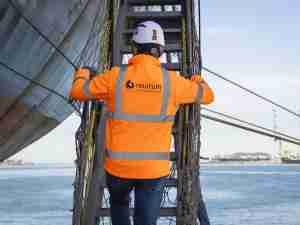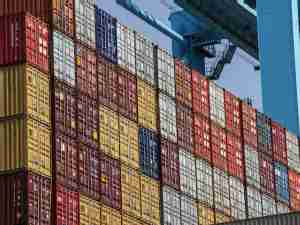The Great Lakes Seaway Partnership today reported an increase of 1.66 percent for St. Lawrence Seaway (Seaway) traffic. Import volumes into the Great Lakes-St. Lawrence Seaway System continue to climb as east and west coast ports experience congestion and shipping delays. An overall total of 33,329,000 metric tons of cargo shipped through the Seaway from the opening of the Navigation Season on March 22, 2021, through November 30, 2021 (i.e., Year-to-date or YTD). Additionally, total transits YTD reached 3,405 vessels, a 0.83 percent increase compared to transits through November last year.
Top performing commodities through November 30, 2021 include grain at 8,974,000 metric tons and iron ore at 6,459,000 metric tons. While tonnage for grain shows a decrease compared to levels in 2020, grain shipments from the American Great Lakes ports of Toledo, Duluth, and Milwaukee helped close the gap.
Craig H. Middlebrook, Deputy Administrator of the U.S. Great Lakes St. Lawrence Seaway Development Corporation, “We are encouraged by the level of vessel activity for the month of November, with increases in the movement of bulk cargoes like iron ore, steel and export grain. General cargo continued to gain ground on 2020’s volume. These trends are anticipated to continue as we approach the final weeks of the 2021 navigation season.”
| 2021 Great Lakes-St. Lawrence Seaway Key Performance Indicators** | |||
| 2020* | 2021* | Change (+/-) | |
| Total Transits | 3,377 | 3,405 | 0.83% |
| Total Cargo | 32,783,000 | 33,329,000 | 1.66% |
| *Combined U.S. and Canadian traffic **All data is compared year-over-year. Shipments for 2020 from April 1 to November 30. Shipments for 2021 from March 22 to November 30. | |||
| 2021 Great Lakes-St. Lawrence Seaway Key Commodity Trackers*** | |||
| 2020* | 2021* | Change (+/-)** | |
| Grain | 11,165,000 | 8,974,000 | -19.63% |
| Iron Ore | 5,505,000 | 6,459,000 | 17.31% |
| Iron & Steel | 1,172,000 | 2,299,000 | 96.22% |
| Cement & Clinkers | 1,692,000 | 1,796,000 | 6.20% |
| Coke | 987,000 | 1,308,000 | 32.46% |
| Gypsum | 781,000 | 868,000 | 11.07% |
| Steel Slabs | 384,000 | 728,000 | 89.71% |
| Potash | 174,000 | 368,000 | 111.81% |
| Stone | 242,000 | 349,000 | 44.21% |
| Ores & Concentrates | 188,000 | 250,000 | 32.99% |
| *Combined U.S. and Canadian traffic **Percentages rounded to nearest tenth ***All data is compared year-over-year. Shipments for 2020 from April 1 to November 30. Shipments for 2021 from March 22 to November 30. | |||
PORT OF INDIANA-BURNS HARBOR
As international tonnage into the Great Lakes Seaway System remains consistent, several American ports are experiencing significant spikes in traffic.
“The Ports of Indiana-Burns Harbor had a great November,” said Ryan McCoy, Port Director, Ports of Indiana-Burns Harbor. “Year-to-date, Burns Harbor is up more than 25 percent overall. We are seeing a lot of late-season coils, slabs, and bulk cargos. We have very full docks and a busy schedule up to the historical close of the season. With warm weather in the long-range forecast, we believe domestic, barge traffic will stay strong into 2022.”
PORT OF GREEN BAY
Boosted by a strong month of petroleum product imports and a shipment of wood pulp, cargo shipments for the Port of Green Bay reached nearly 220,000 tons in November. That pushed the year-to-day total to nearly 1.8 million tons (1,795,186 tons), 9 percent above the year-to-date tonnage total from last year.
“At 9,000 tons, the wood pulp shipment to KK Logistics was the largest this shipping season,” said Dean Haen, Director, Port of Green Bay. “That’s good to see along with the continuing good import numbers for limestone, foreign petroleum products and cement. In addition, newer commodities like carbon anodes and ash have increased. With just a few weeks to a month remaining in the shipping season, we should be able to get very close to our annual target of moving 2 million tons of commodities through the Port.”
For the time in recent history, tonnage is increasing in all commodity categories: domestic import, domestic export, foreign import, and foreign export.
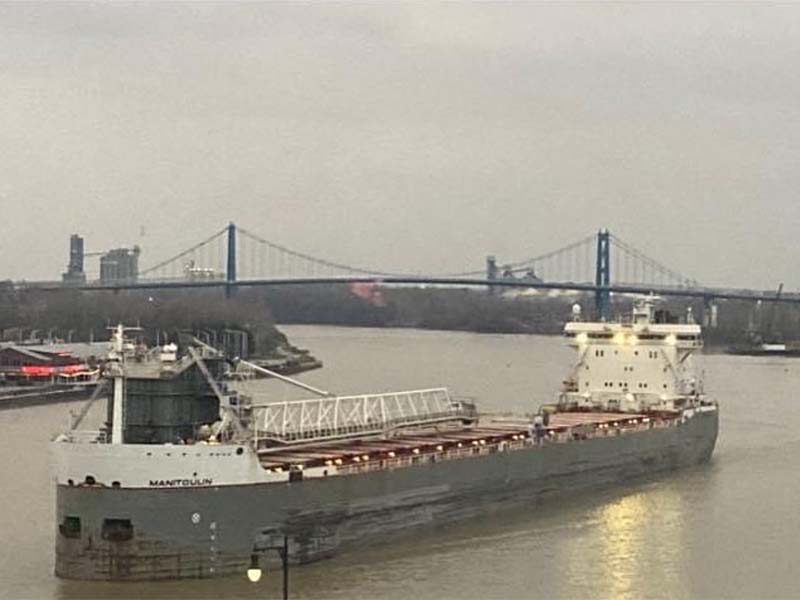
PORT OF TOLEDO
In November, the Port of Toledo surpassed 10 million tons for the season. Iron ore continued to lead the surge, up more than 62 percent from the previous year, fueled by activity at the Cleveland Cliffs direct reduction plant. Aluminum shipments bolstered general cargo tonnage that was up 26 percent followed by coal up over 13 percent.
“It has certainly been a good year so far for our seaport,” said Joseph Cappel, Vice President of Business Development, Toledo-Lucas County Port Authority. “Not only is our tonnage up, but we are also continuing to make investments in our terminal facilities paving the way for an even more successful future.”
The Ohio Department of Transportation recently announced that the Port of Toledo would receive $3 million in grant funding through the Maritime Assistance Program for a new bulk material conveyor system and $4 million to add to the $20 million already allocated for rehabilitating the dock wall and constructing a liquid bulk transfer facility at the Port’s general cargo facility operated by Midwest Terminals. “These grant funds will help us take the general cargo facility to a new level of operational excellence as we continue to modernize our facilities. This is a great way to end the year and we truly appreciate the partnership we have with the Ohio Department of Transportation,” said Cappel.
